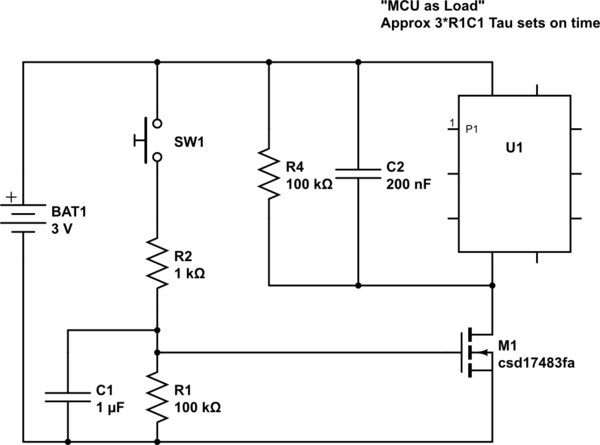I have a project with several physical constraints so that I want to use: 1. A sealed very thin momentary switch as main on/off switch 2. 2 x AAA battery supply = 3V or less 3. Load is a small DC motor pulling max 0.3 amp 4. Momentary to Latching circuit to be as small as possible and with zero current drain in the off state
I have looked a various momentary to latching circuits using transistors, MOSFETS, and Flip Flops but as best I can tell they all have a very small drain current of approximately 10uAmp or more in the off state.
I am correct about the off drain current for these circuits?
If I am not correct can you suggest a circuit that would work for my project?
If I am correct does anyone have a circuit design that would meet true zero drain current for the requirements above?
Many thanks.



